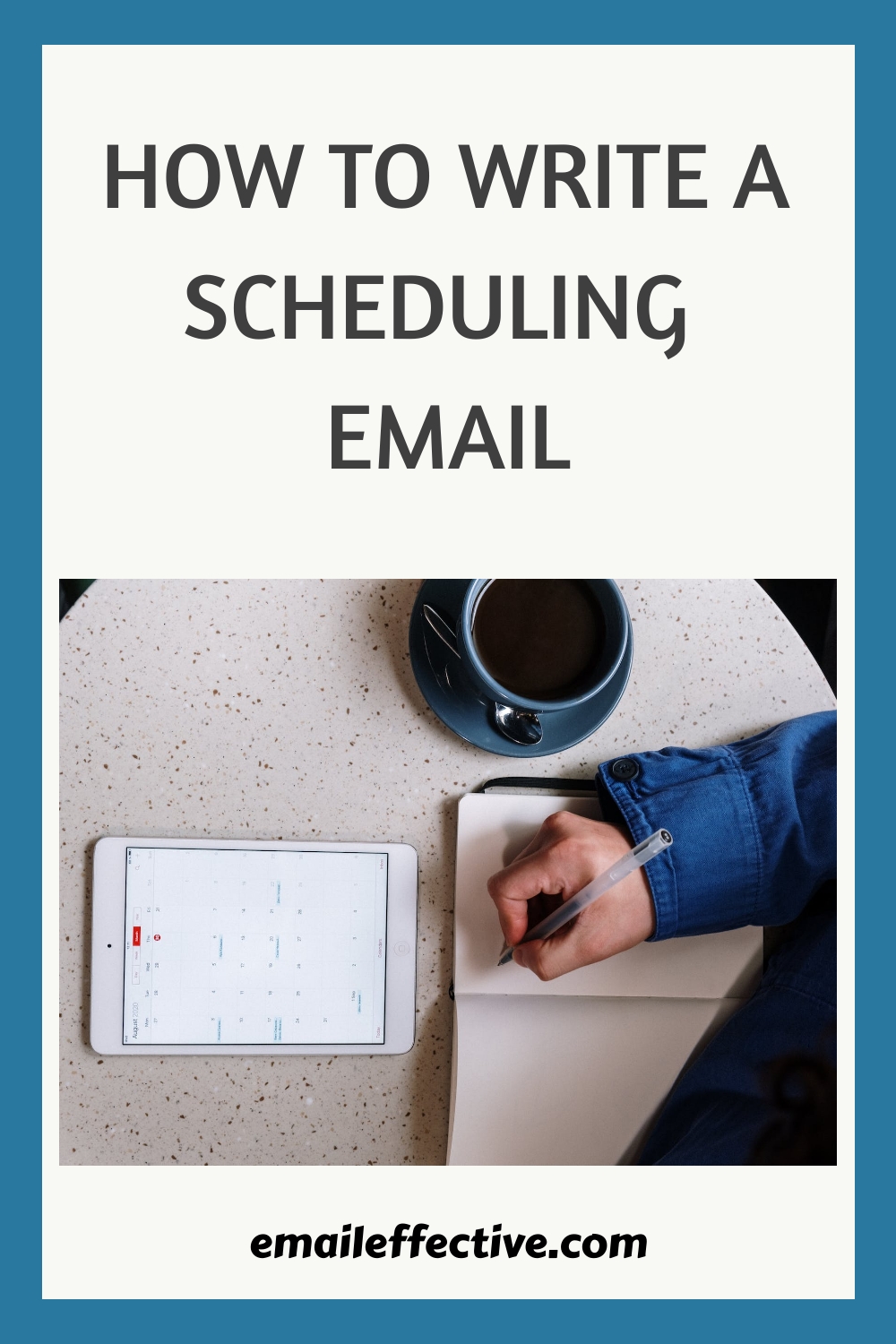In this article, you will learn how to write a scheduling email effectively. Whether you need to schedule a meeting, appointment, or event, this guide will provide you with the necessary steps to compose a professional and efficient scheduling email.
Learn how to write an email about scheduling and get your meeting or event organized effortlessly.
Table of Contents
What To Do Before Writing the Email:
Before composing your scheduling email, it’s important to gather all the necessary information and take certain actions to ensure a successful outcome:
- Identify the purpose of your email: Clearly define why you are scheduling the meeting or event.
- Choose a suitable date and time: Consider the availability and time zones of all participants involved.
- Research recipients’ preferences: If possible, find out their preferred method of communication for scheduling.
- Gather relevant details: Collect any necessary materials, documents, or agenda items that should be included in the email.
What to Include In the Email:
When composing your scheduling email, make sure to include the following components:
Subject Line:
The subject line should be clear and concise, summarizing the purpose of the email and grabbing the recipient’s attention. For example, “Meeting Request: Discuss Project Proposal”.
Greeting:
Start your email by addressing the recipient appropriately. Use a formal salutation such as “Dear Mr./Ms. [Last Name],” or simply “Hello [First Name],” if you have an informal relationship with the recipient.
Introduction:
In the opening paragraphs, briefly explain the reason for the email and provide any necessary context or background information. State your intention clearly and concisely.
Suggested Date(s) and Time(s):
Offer a few potential dates and times for the meeting or event, taking into consideration the availability of all participants. Be specific and include time zones if applicable. You can use phrases like “Would [Date] at [Time] work for you?” or “I suggest we meet on [Date] at [Time]”.
Agenda or Purpose of the Meeting/Event:
Clearly outline the agenda or purpose of the meeting/event and provide any relevant details or materials that participants might need to review beforehand. This ensures everyone is well-prepared.
Request a Confirmation:
Politely ask the recipient to confirm their availability and participation by a certain deadline. You can mention something like “Please let me know by [Date] if this works for you” or “I kindly request a response by [Date]”.
Closing:
End the email with a professional closing, such as “Thank you for your attention” or “Looking forward to your response”. Sign off with your name and contact information.
Email Template:
Here’s a template you can use as a starting point for your scheduling email:
Subject: Meeting Request: Discuss Project Proposal
Dear Mr./Ms. [Last Name],
I hope this email finds you well. I would like to schedule a meeting to discuss the project proposal we have been working on. Please find the details below:
– Suggested Date(s) and Time(s): Would [Date] at [Time] work for you?
– Agenda/Purpose: The meeting will serve to review the project progress, address any concerns, and make necessary decisions moving forward. I have attached the latest version of the proposal for your reference.
Please let me know by [Date] if this works for you, or if you have any alternative suggestions. Your participation and input are crucial to our project’s success.
Thank you for your attention, and I look forward to hearing from you soon.
Best regards,
[Your Name]
[Your Contact Information]
Feel free to customize this template according to your specific needs and context.
Conclusion:
Scheduling emails can be much easier when following a structured approach. Remember to gather all the necessary information before writing the email, include essential components such as the subject line, suggested dates and times, purpose/agenda, and request for confirmation. Using the provided email template, you can efficiently schedule meetings or events, ensuring clear communication and successful outcomes.
Additionally, here are a few tips to consider when writing scheduling emails:
- Be concise and to the point.
- Use professional language and tone.
- Double-check dates, times, and other details for accuracy.
- Allow sufficient response time for recipients.
- Follow up as necessary but avoid being overly persistent.
By implementing these strategies, you’ll be well-equipped to write effective scheduling emails that facilitate smooth and productive interactions.
